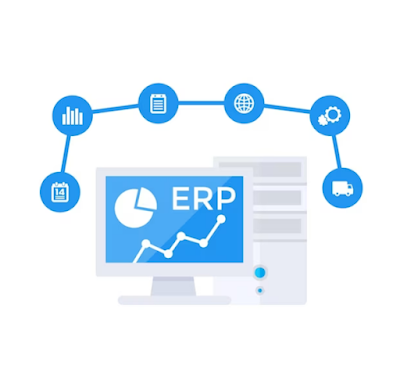Best practices for developing and deploying blockchain-based applications
In this blog, we will discuss some of the best practices for developing and deploying blockchain-based applications.
- Understand the underlying technology
Before developing a blockchain-based application, it is essential to understand the underlying technology. Blockchain is a decentralized, distributed ledger technology that enables secure and transparent transactions. It is important to understand how the technology works, its strengths, and limitations to develop a successful application.
- Choose the right platform
There are many blockchain platforms available, such as Ethereum, Hyperledger Fabric, and Corda. Each platform has its strengths and weaknesses, and it is essential to choose the right platform that suits your application's needs.
- Define the purpose of the application
It is essential to define the purpose of the application and its expected outcomes. A clear understanding of the application's purpose will help you design the application's architecture and choose the right platform.
- Design the application architecture
Designing the application architecture is a critical step in developing a blockchain-based application. The application's architecture should consider the performance, scalability, and security of the application.
- Develop smart contracts
Smart contracts are self-executing contracts that are programmed to automatically execute when certain conditions are met. Developing smart contracts is an essential step in developing a blockchain-based application, and it requires careful consideration of the contract's logic and security.
- Test the application
Testing the application is an essential step in the development process. It is important to test the application thoroughly to ensure that it works as intended and to identify any security vulnerabilities.
- Deploy the application
Deploying a blockchain-based application requires careful consideration of the deployment environment and security measures. It is important to ensure that the application is deployed securely and is available to the intended users.
- Monitor and maintain the application
After deploying the application, it is essential to monitor and maintain it regularly. Regular maintenance ensures that the application is secure and running efficiently.
In conclusion, developing and deploying a blockchain-based application requires careful consideration of several best practices. Understanding the underlying technology, choosing the right platform, defining the purpose of the application, designing the application architecture, developing smart contracts, testing the application, deploying the application, and monitoring and maintaining the application are critical steps in developing a successful blockchain-based application. By following these best practices, businesses and developers can develop secure and efficient blockchain-based applications that meet their business needs.




Comments
Post a Comment